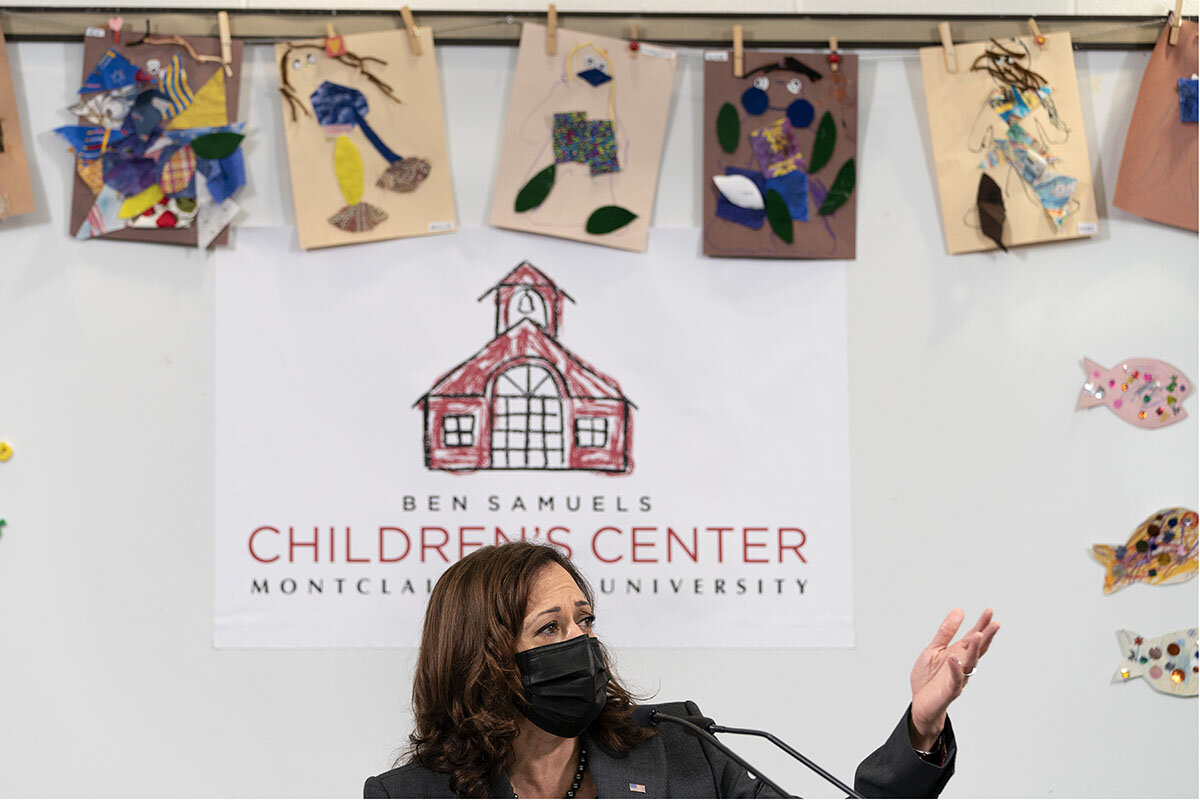One piece of ‘worker shortage’ puzzle: Stressed families

 Mark Trumbull
Mark Trumbull
The word “shortage” is showing up these days in, well, no shortage of places, from berths to unload ships in Los Angeles to energy supplies in Europe. This, in turn, feeds both consumer anxiety and price inflation.
Many factors need to be addressed – such as fixing bottlenecks in shipping and bringing production in line with reviving demand in the economy. But one of the most basic issues is that the dearth of “stuff” stems partly from a shortage of workers: truckers, factory operators, restaurant servers, retail staff.
As economic demand has revived, the supply of workers has – to the surprise of some – been slow to catch up. Concern about health risks of public-facing work during a pandemic clearly seems to have weighed on workers, in addition to other challenges.
But here’s another factor to consider: The pandemic also strained family life. Moms, especially, are feeling exhausted amid struggles to tend to both kids and jobs. Many are now on the labor sidelines. Among moms who aren’t currently working for pay, “more than a quarter said they would prefer to be working at least part time,” one new survey finds.
So policies that help working parents might be part of the answer for ending the shortage of workers.
Universal access to pre-K education and paid leave, for instance, are things that Princeton University economist Alan Blinder calls an honest-to-goodness form of “supply-side economics” – policies that can boost the economy by expanding its productive capacity.
It’s not a one-step panacea. And ideas differ on the wisest ways to approach this policy puzzle. Democrats are wrangling over a budget bill that might boost funding for child care, pre-K, and continuing per-child tax credits of $300 per month. Republicans are warier of big spending, but a few have their own ideas for direct aid to parents to use as they see fit. Stay tuned: This is a priority that may well outlast the pandemic.



